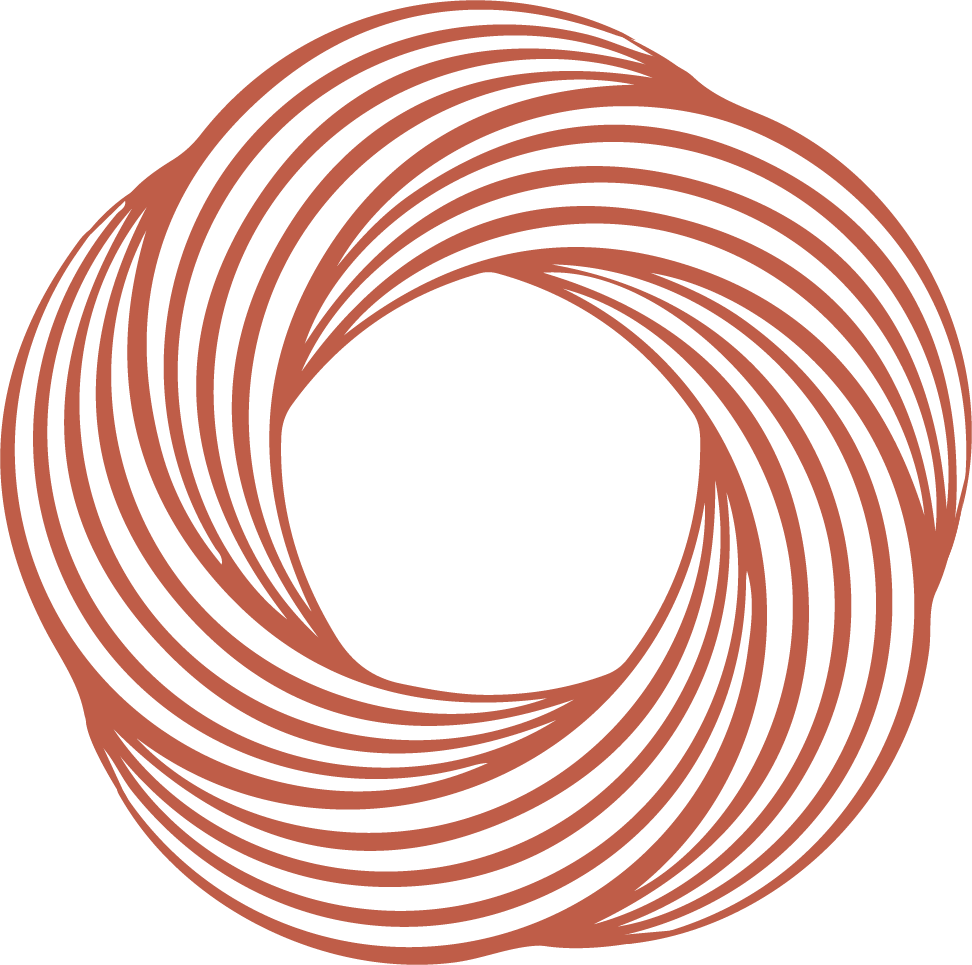Patanjali and Hatha Yoga: What’s the Difference?
Many of us have studied the Yoga Sutras of Patanjali in our 200 Hour Training and we all do Hatha Yoga, but what makes the two systems of spiritual evolution different? Isn’t one the same as the other? Let’s look a little deeper to find out.
As you may know, the most ancient approach to yoga practice is outlined by the Yoga Sutras of Patanjali. It is in Patanjali’s system that we get the 8 Limbs of yoga: Yama, Niyama, Asana, Pranayama, Pratyahara, Dharana, Dhyana and Samadhi. This is the gradual, systematic flow that will take you from normal consciousness to the supreme realization. It was a tried and true method that has withstood the tests of time (it’s over 2000 years old!)
Patanjali Focused on Meditation
However, if you investigate the Sutras more closely you will notice that Patanjali put most of his attention and emphasis on meditation and the nature of the mind. He hardly mentions asana and postures at all and he basically states that an asana is for meditation purposes. We all know that we use asana for more than just seated meditation and that the practice of asana is quite vast and fun as well.
The truth is that Patanjali was not interested in the body; he does not mention health, strength, flexibility, clarity or any of the practices we are used to. In fact, we wanted to just put the body on the mat and forget it. During the time of the Yoga Sutras, it is possible that Sun Salutes did not even exist! His primary interest was in the quality of your mind and your power of meditation. Meditation (Dhyana), he says, is the essence of yoga.
Many hundreds of years after the Yoga Sutras were written, a new system of yoga practice emerged, with a different flow and different techniques to take us to the supreme consciousness. That method was named Hatha Yoga. It approached conscious evolution with a whole other set of tools and practices, and Hatha Yoga is what we are actually practicing when we get on the mat.
Don’t forget that any true system of yoga is designed to refine your consciousness and take you from the lower to the higher. It’s just the methods that differ. Hatha Yoga acknowledged that the body was actually an amazing tool for shifting our consciousness. If we work with the body and change it in specific, special ways, we can also affect the higher consciousness. Basically, it starts at the beginning, with the body. Patanjali starts quite far along the road and goes straight into an area that is very difficult to work with: the mind.
The Hatha Yoga Flow
Hatha Yoga is based on working with Prana: life force. The flow of practices is different than the 8 Limbs. Instead, Hatha Yoga starts with purification practices called Shatkarma. These practices are designed to drive out diseases in the body and open the radiant health and channels of pranic flow. Some of us still do a few of the Shatkarmas like Kapalabatti breath or Neti nasal cleansing. Most of the others have fallen out of favor except with traditional yogis.
After the cleansing comes the Asana. Hatha yoga developed the yoga of the body and refined it into a vast practice with many postures and approaches. It was designed to make us strong, flexible and balanced so that our Prana flows well.
After the Asana practice, one works with Pranayama. This is, of course, the yoga of breath and prana that expands the personal life force and makes the yogi vibrant and connected with flows of energy.
The fourth part of the Hatha Yoga flow is the practice of Bandhas, where energy is powerfully re-directed into the channels of the body that influence higher consciousness. This is the point where the practice becomes quite intense and transformative. Many of us know and practice the bandhas, but not to the degree that they are used in this stage. This bandha practice is largely done with the breath paused in kumbhaka for long periods. Difficult to say the least!
The next stage is called Mudra. Mudras are special, unique energetic flows that take our consciousness to a higher level. Many are done with the hands and fingers but there are lots of other mudras that involve the whole body. They are meant to create pranic flows in very specific ways that prepare the yogini for the ultimate stage of Hatha Yoga.
Kundalini
This final, highest and most challenging stage of Hatha Yoga is the awakening of the Kundalini Shakti. Kundalini is the ultimate force of energy within us. When it awakens, it lights up the energy centers along the spine called Chakras. The activation of the Chakras gives the yogi access to the highest levels of consciousness.
Ultimately, both Patanjali’s Yoga and Hatha Yoga realized the same goal: the activation of the highest consciousness but the way they get there is vastly different. Both systems are worthy of deeper study because they offer us the chance to learn how to truly transform ourselves with grace and awareness.
Join Us on A Transformative Yoga Course
If you are interested in learning the more subtle and hidden methods of Hatha Yoga including Pranayama, Bandhas and Mudras consider taking one of our 200 Foundations of Swara Yoga courses or an advanced Module on Pranayama or Meditation. As you go deeper, you will be able to access the more powerful techniques and get the most out of yoga and out of life!
We have loads of interesting and intelligent Yoga Blog Posts, so please keep exploring. If you want to contact the Author with questions or to sign up for a course, just Write Us.




